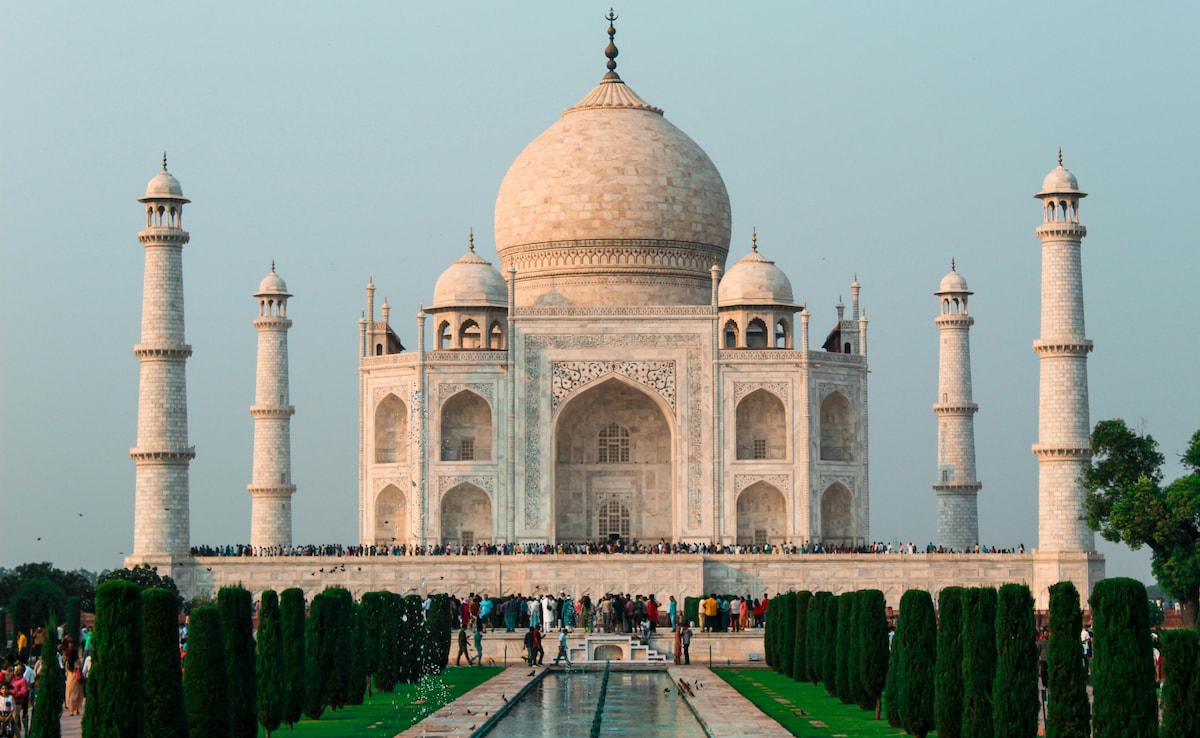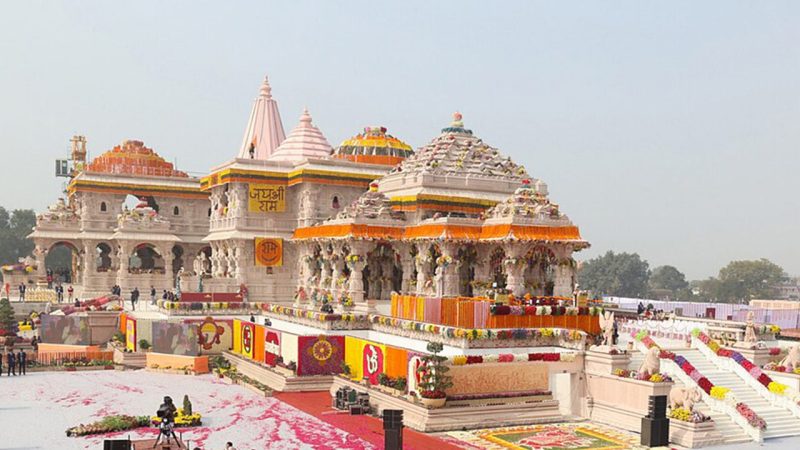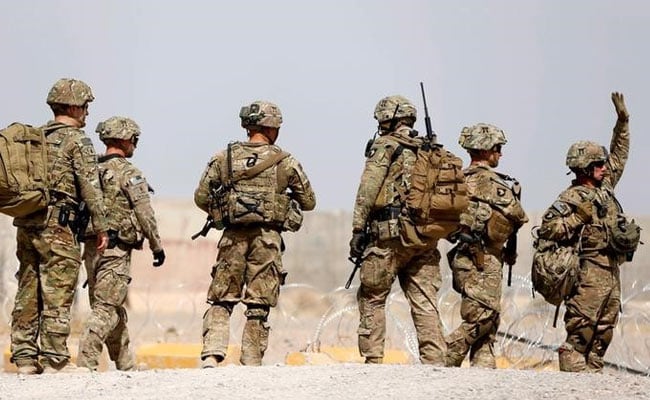6 Surprising Facts About The Taj Mahal That Most People Miss

Love is one of those feelings that is tough to show through actions, but some people have gone to wild lengths for it, like building an actual monument. The Taj Mahal is a perfect example. Often called India’s eternal symbol of love, this stunning structure was commissioned in 1631 by Mughal emperor Shah Jahan, after his wife Mumtaz Mahal passed away while giving birth to their 13th child. Every year, millions of travellers and history fans come to Agra just to see this white marble wonder, famous for its romantic backstory, perfect symmetry, and incredible design. But how much do you really know about it? Beneath all the love stories, there are layers of mind-blowing facts and clever design elements that most people miss. If you are someone who is obsessed with the Taj Mahal’s history and architecture, these lesser-known details will change how you look at this UNESCO World Heritage Site.
Also Read: 5 Key Life Lessons You Can Learn By Travelling Solo

Photo Credit: Pexels
Here Are 6 Facts About The Taj Mahal You Probably Did Not Know:
1. The Taj Mahal Looks Different Depending On The Time Of Day
One of the most fascinating things about the Taj Mahal is how it shifts colours. At sunrise, it has a pinkish-orange tone. By noon, under direct sunlight, it appears bright white. During sunset, it reflects golden shades, and under a full moon, it takes on a soft bluish glow. This is not a trick of the eyes. It is because of the reflective quality of Makrana marble used in its construction. Photographers, historians, and even locals say this colour play makes the Taj feel alive. It is one of the reasons why it remains such a popular monument in India and a major part of Indian tourism.
2. The Minarets Were Built With Earthquakes In Mind
If you look closely at the four minarets that stand around the main tomb, you will notice that they are slightly tilted outward. This was not a mistake. It was part of the original plan. In case of an earthquake, the minarets were built to fall away from the main structure so that the tomb stays safe. This level of planning shows how smart and intentional Mughal architecture really was. It is small details like these that make the Taj Mahal architecture so ahead of its time.
3. It Is More Than Just One Monument
The Taj Mahal is not just the white marble building everyone knows. The whole area covers over 42 acres. Inside the complex, there is a mosque, a guest house known as the jawab, water channels, a large reflecting pool, Persian-style gardens called Charbagh, and even a small museum. Everything here was designed to match and balance each other. If you are a fan of Mughal design or the history of the Taj Mahal, walking through the entire complex gives you a better understanding of how much thought went into every part.

Photo Credit: Pexels
4. A British Officer Almost Sold It For Marble
In the 1830s, Lord William Bentinck, who was the Governor-General of India back then, seriously considered breaking down the Taj Mahal and selling the marble. His goal was to earn money for the British East India Company. Reports say the plan was dropped when it became clear that the cost of removing and moving the marble was too high. Plus, no one really wanted to buy it. It is wild to think that this global icon and one of the Seven Wonders of the World nearly became scrap material for buildings.
5. The Calligraphy Tricks Your Eyes
The beautiful calligraphy on the Taj Mahal’s walls is not just for decoration. It has been carefully designed to follow a visual trick. The script, made of Quranic verses, becomes larger as it goes up the arches. From below, it looks like all the letters are the same size. This smart use of size and proportion makes the writing easy to read and look balanced. It is a good example of the kind of optical illusions and clever design used in Islamic and Mughal architecture.
6. Over 20,000 Artisans Helped Build It
Many people know that it took 22 years to build the Taj Mahal. But not everyone knows just how many hands were involved. Over 20,000 skilled workers came from different parts of India, Central Asia, and Iran. There were calligraphers, masons, designers, stone carvers, and inlay artists, all working on different parts of the monument. More than 1,000 elephants were used to carry marble, stones, and timber to the site. When people talk about the Taj Mahal being more than a symbol of love, they are right. It is a massive team effort and one of the most impressive pieces of architecture in the world.
Also Read: Dehradun Travel Guide: The Ultimate Chill Destination In The Foothills Of The Himalayas
Built in the name of love in Agra, Uttar Pradesh, the Taj Mahal is more than just a pretty building. It pulls millions of people from around the globe every year, and for good reason. As one of the Seven Wonders of the World and a top UNESCO site in India, it keeps holding onto its place in history and in the hearts of those who visit.






